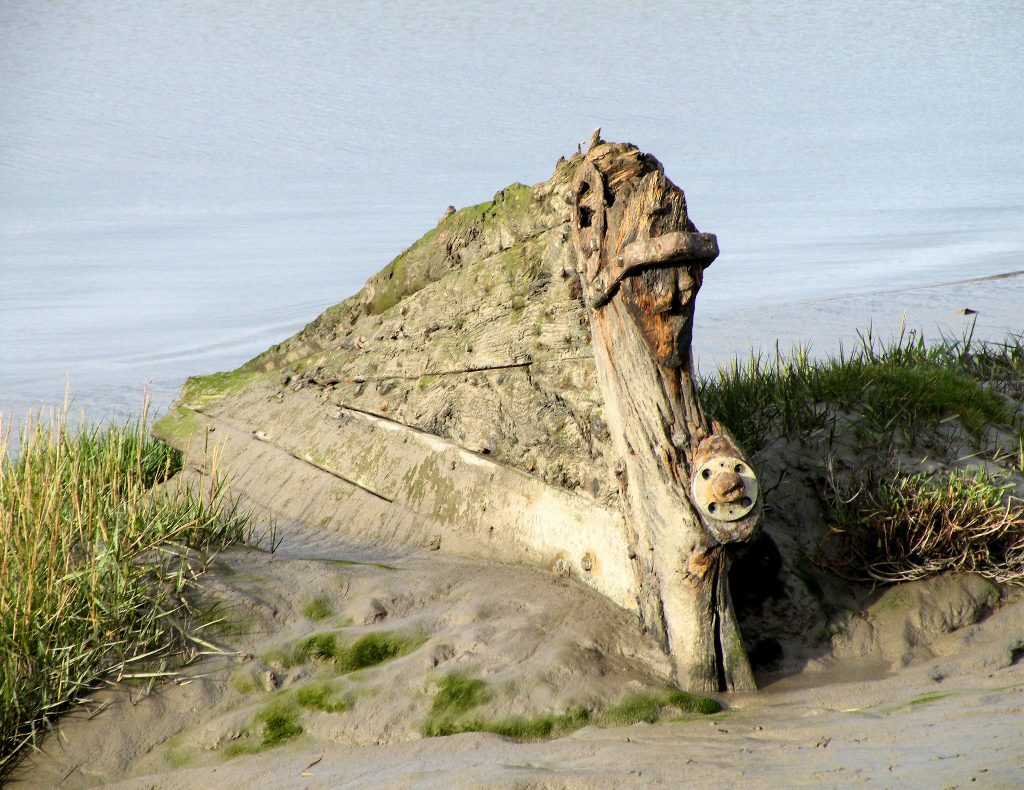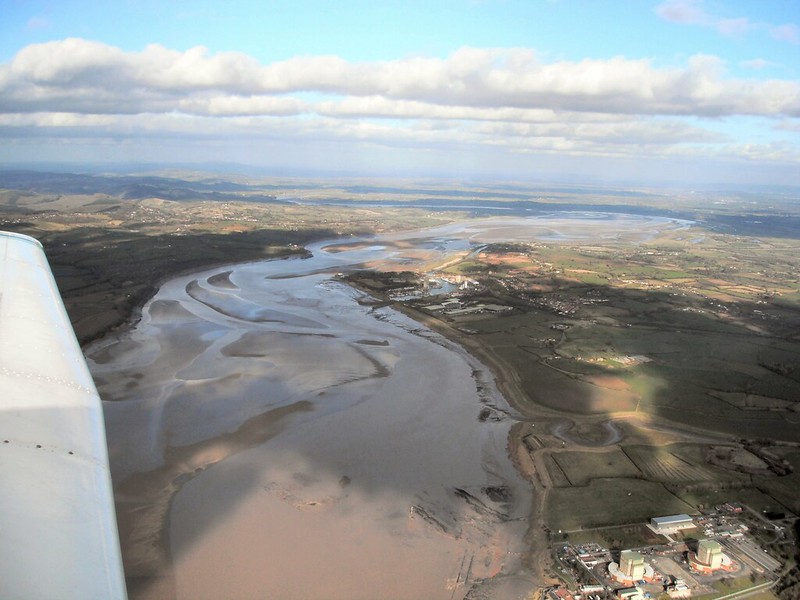Human Environment
Population
The Severn Estuary has been a centre for human civilisation for millennia. Having a source of water close to a settlement was a major factor in the healthy development of human society. For generations, the Severn Estuary has provided key resources, such as food, water, materials, and a pathway for transporting goods by boat. Central to development of the population around the Estuary was the industrial revolution and export of coal from South Wales across the globe. People migrated from across the UK to the Rhondda and Cynon Valleys of South Wales. This included mining-rich county of Monmouthshire, which grew from a population of 45,000 in 1801 to 450,000 in 1900. Today, the current population of the Severn Estuary catchment area has topped 1 million. The major cities making up this number are Bristol (population 463,400), Cardiff (population 364,200), Newport (population 147,769).
Archaeology
The Severn Estuary hides many objects and treasures which offer insight into civilisations of the distant past. In fact, the Estuary contains the largest concentration of coastal archaeology in Britain! The waterlogged soils aid the preservation of objects and structures, especially those which would not normally survive, such as wood. In Wales, the Gwent levels hold evidence of Neolithic and Bronze age settlements. Footprints, animal bones, trackways and pieces of roundhouses have all been unearthed in this area. At Steart Flats, Somerset, wooden fish traps were found dating back to around 1045-1190 AD! Archaeological finds are still regularly discovered within the Estuary, and there are many more out there still waiting to be found!

For more information, visit:
Explore

The Severn Estuary is one of the largest estuaries in Britain and has the second highest tidal range in the world.
 Severn Estuary Partnership
Severn Estuary Partnership